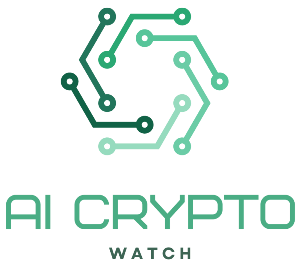- Ripple CTO David Schwartz highlights XRPL’s reliance on custodians for Bitcoin transactions, challenging decentralization principles.
- Schwartz addresses XRP’s decentralized consensus process, emphasizing the need for community agreement on network changes.
Ripple CTO David Schwartz recently addressed the ongoing debates surrounding the decentralization of the XRP Ledger (XRPL), shedding light on the platform’s design and its role in the crypto market. Schwartz’s comments came amid growing discussions on the future of Bitcoin and XRP, particularly regarding their scalability and trustless bridging solutions. His statements have reignited the debate over whether XRPL is truly decentralized or still relies on centralized elements.
Schwartz revealed that one of the initial purposes of XRPL was to facilitate faster and more cost-effective Bitcoin transactions. However, he also pointed out a major limitation in this early use case, the necessity of custodians to hold the actual Bitcoin. This raised concerns over trust issues, as custodial solutions counter the decentralization principles central to blockchain technology.
Consider any realistic hypothetical: Some large contingent of XRPL users and developers want to add privacy features to XRPL that Ripple thinks will harm its business interests. What will happen? Do you think you know because I don’t.
— David “JoelKatz” Schwartz (@JoelKatz) February 19, 2025
He emphasized that while custodians can speed up Bitcoin transactions, they introduce centralized elements that undermine the core ideals of trustlessness. The Ripple CTO stressed the need for a solution to provide fast, cheap, and trustless bridging between assets like Bitcoin and XRP, which remains an ongoing challenge in the crypto market.
Schwartz’s commentary didn’t stop at technical challenges. He also highlighted the uncertainty surrounding decentralization in any blockchain network. In a thought-provoking tweet, Schwartz posed a fictive scenario where many XRPL users wanted to add privacy features that could conflict with Ripple’s business interests. He noted that Ripple, while a key contributor to XRPL, does not have the power to enforce changes independently and must instead rely on persuasion.
This raises questions about how decentralized the decision-making process is within the XRPL ecosystem. However, while Ripple plays a major role, it must persuade other network participants to agree on proposed changes. Schwartz clarified that Ripple would not directly control the network but instead aim to convince the community that certain features benefit everyone.
Validation and Consensus Mechanism
In response to concerns about the system’s centralization, Schwartz provided insight into the XRP Ledger’s validation and consensus process. He explained that a certain level of scarcity among validators is necessary to address the double-spend problem.
As reported in our previous post, the XRP Ledger is designed with decentralization in mind. Any changes that affect transaction processing or consensus require approval from 80% of the network. Despite Ripple’s involvement in the network, it operates with over 150 validators, and Ripple runs only one of these nodes.
Bitcoin vs. XRP: Value and Utility
According to a CNF report, the Ripple CTO also addressed the ongoing debate over Bitcoin and XRP’s value and utility. Schwartz stated that Bitcoin’s value is largely driven by speculation, and its worth increases as people speculate on its future price. While he acknowledged Bitcoin’s role in the financial ecosystem, he argued that its value doesn’t come from scarcity.
On the other hand, XRP’s supply is much larger, with 100 billion tokens available compared to Bitcoin’s 21 million. Schwartz dismissed comparisons based solely on numbers, emphasizing that such arguments lack context. However, he conceded that Bitcoin could benefit from innovations like the Lightning Network, which may improve its payment usefulness.
The recent market activity surrounding XRP shows some price fluctuations. XRP is currently priced at $2.59 and has recorded a decline of 0.52% in the past 24 hours. However, trading has recorded an increase of 6%, sitting at $5.13 billion. Despite price volatility, XRP maintains a market cap of $149.86 billion, with a fully diluted valuation of $259.2 billion.

